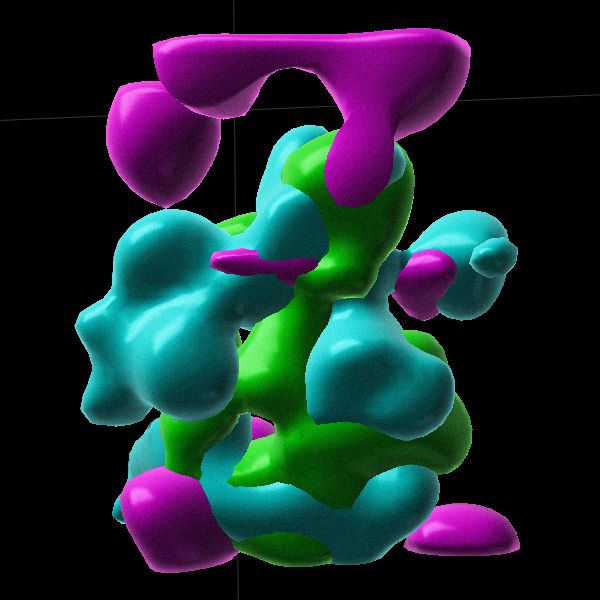Jennifer Palmer
@jenniferepalmer.bsky.social
460 followers
800 following
16 posts
PhD student interested in molecular mechanisms in neurodegeneration @ CIMR and UK DRI Cambridge. Supported by the Rutherford Foundation, Royal Society Te Apārangi, and Cambridge Trust. Also a kayaking, hiking and climbing enthusiast. Views my own.
Posts
Media
Videos
Starter Packs
Reposted by Jennifer Palmer
Reposted by Jennifer Palmer
Reposted by Jennifer Palmer
Reposted by Jennifer Palmer
















